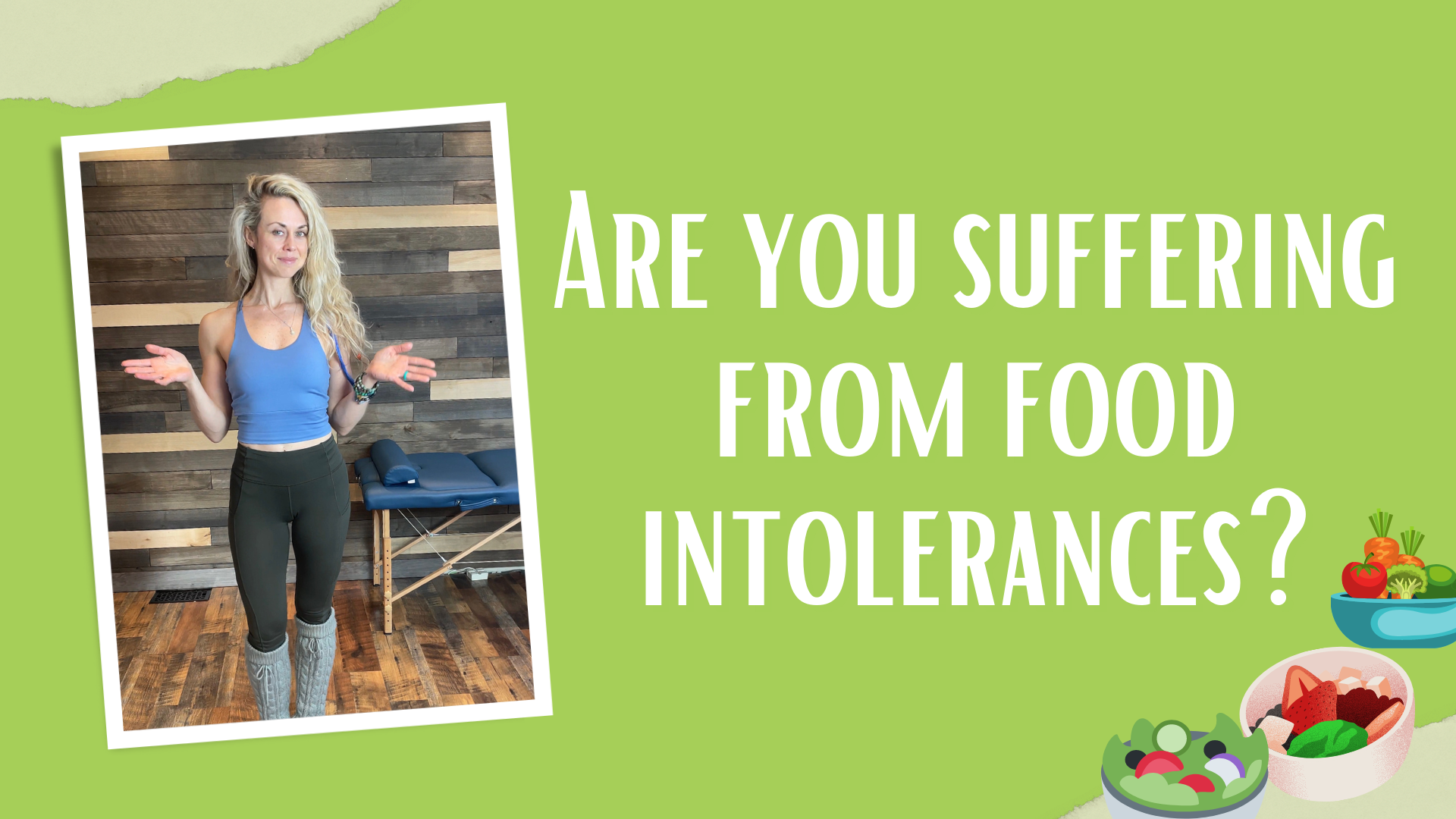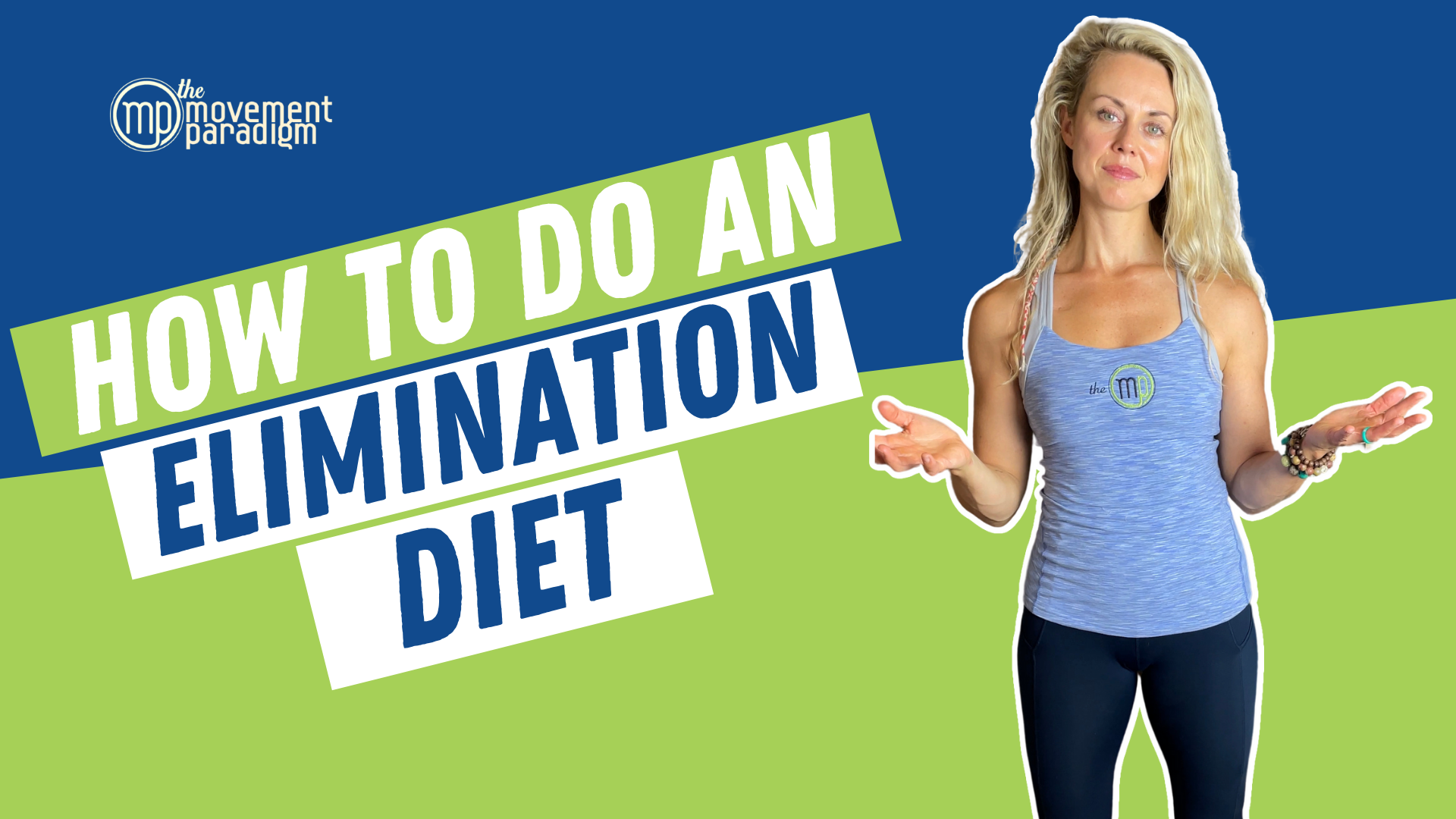Did you know that 15 to 20 percent of people suffer from some type of food intolerance? It is important to understand the differences between food sensitivity, food allergy, food intolerance as well as what specifically you can be intolerant to.
Rather watch or listen?
There are three different types of adverse food reactions that you can have.
The first is a food allergy which is considered an immunologic IgE mediated hypersensitivity. Essentially, this causes a fairly immediate immune response. The second is considered a food sensitivity, which is an IgG-mediated response, also causing an immune response. This is a different antibody, which has a much longer half-life, an average of 23 days, compared to IgE, which has a very short half-life. Lastly, food intolerance is what we’re going to focus on today. This is a non-immunologic reaction that causes an intolerance to a specific component of a food.
8 Food Intolerances You May Be Experiencing
Let’s dive into eight different food intolerances that you may be experiencing. Let’s use lactose as our example.
Lactose is referred to as a FODMAP (Fermentable, oligosaccharides, disaccharides, monosaccharides, and polyols.) If you have lactose intolerance, it will draw in osmotic pressure in the intestine, which means that it can create bloating, diarrhea, and cause pain because it is a poorly absorbed fermentable carbohydrate.
Essentially, someone with lactose intolerance does not have the enzyme lactase to break down the food. Now let’s discuss the different types of food intolerances.
1. FODMAPs
FODMAPs can be different carbohydrates. Oligosaccharides, for example, include things like onions, garlic, and wheat. Disaccharides can include yogurts and cheeses. Monosaccharides can be things such as honey, apples, fructose, etc.
Polyols can include different types of sugars. All of these can attribute to poor digestion in the gut. If we are not able to break down FODMAPs then that means that there’s probably something going on with our gut like dysbiosis, leaky gut, SIBO, and so on.
2. Histamine
As I mentioned with FODMAPs, there’s typically a reason why someone is having some type of histamine intolerance. It is often due to dysbiosis in the gut, GI inflammation, and/or SIBO. There also could be a genetic predisposition to histamine intolerance, which means someone may not have the enzymes to break down the histamines.
Diamine Oxidase (DAO) is the enzyme that is required for the metabolism of histamines. This can cause sensitivity to things like wine or age cheeses.
We’ve all had histamine responses, whether you’ve found a bug bite or you’ve had an allergic reaction; this is a normal response. However, some people can be very intolerant to histamine foods.
Addressing the gut is number one and a DAO enzyme can be helpful. It does not necessarily fix the entire problem, but it can be helpful if you’re consuming histamine foods and you have an intolerance.
3. Tyramine
This is a naturally occurring trace amine that’s derived from the amino acid tyrosine. It can be found in plants, animals, fermented, and even foods such as aged cheeses, smoked fish, cured meats, and so on. Just like the other foods, you can eliminate them for a period of time including things like leftovers. Any kind of spoiled food or leftovers can be rich in tyramine.
Once again, you want to try to uncover any potential root causes. Medications like antidepressants or antibiotics can make you more sensitive.
4. Lectins
Lectins are found in most plants, meat products, and legumes. Although many people eliminate these, research doesn’t fully support this as key food intolerance. Lectins are such an important food group because it is in most of our plants, so we have to be careful when eliminating them.
5. Nightshades
Nightshades are comprised of many healthy foods like tomatoes, peppers, eggplants, and potatoes. This is also somewhat of a controversial food intolerance. There are people who definitely report that nightshades can make them feel worse and present with general inflammation, specifically joint inflammation. It’s also something that is often included in an autoimmune protocol like the Autoimmune Paleo (AIP) diet. Some elimination diets are focused on eliminating nightshades as well. The evidence here is definitely lacking in showing that this can cause a problem. It can be worth exploring if this is suspected for you, however.
The good thing about nightshades, among some others, is that you can eliminate them for a very short amount of time to be able to assess. If it’s something you’re eating regularly, you can eliminate them for a few days and then reintroduce them and see how you do.
6. Oxalates
Oxalates are also a common one that you see in a lot of different diet protocols and this can come from oxalic acid. Ultimately, it could come from three sources: your diet, fungi, and possibly Candida. If there’s a candida overgrowth, that can increase your oxalic acids. It can also come from your metabolism. Vegetarian diets tend to be higher in oxalates. If Candida overgrowth is present, which is very common in that population, there can also be a higher oxalic acid content.
We normally hear about high oxalates with kidney stones. That is one of the biggest drivers of a kidney stone. So how can we treat this? Hydration is critical, so make sure that you’re drinking a ton of water. You can increase things like citrate foods such as lemons and limes. You can also focus on potentially decreasing oxalate foods, but just remember that those are very healthy foods, such as our berries and spinach. Most importantly, address your gut and systemic inflammation, especially if there is Candida.
7. Food Additives
This could include things such as MSG, gums, and nitrates. These are all things that don’t have enough literature to support them. That does not mean at all that they don’t exist. Some people can determine just through their experimentations with food that they are sensitive to very specific ingredients in these foods.
8. Salicylates
This can be naturally found in many fruits, vegetables, herbs, nuts, seeds, gums, and cosmetics. These can cause a whole host of symptoms such as asthma, gastric issues, tinnitus, headaches, and nasal and sinus polyps. This is something that is found in foods as part of our essential fatty acid breakdown. We can have a dysregulation of arachidonic acid metabolism, which can be inflammatory.
It is important to know what we are eating and how it may be affecting us.
If it was helpful please give it a share. Make sure to subscribe to our YouTube channel The Movement Paradigm for weekly tips on mindset, nutrition, and movement.
If this was helpful, make sure you give it a share. Also, subscribe to our YouTube channel The Movement Paradigm for weekly tips on mindset, nutrition, and movement.
Leaky Gut: The Root of Chronic Disease


